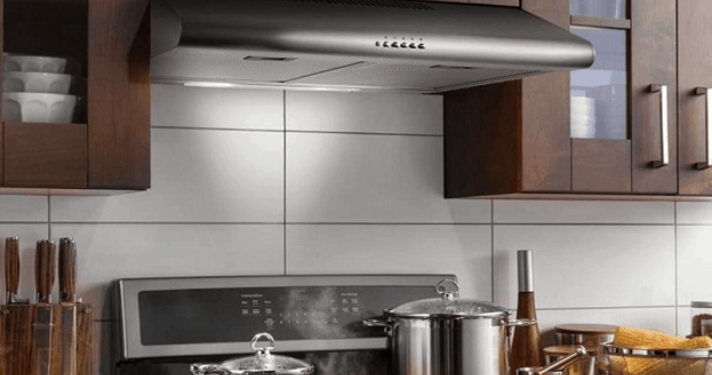* Kitchen/Dining Room: For kitchens or dining rooms, the ideal solution is a two-piece hood that can be attached either at the front or at the back of the room. This will provide both light and ventilation for your food preparation area. The two pieces of the hood should be securely fastened to the wall at the appropriate places using stainless steel screws or hooks. The hood’s frame should be firmly supported by sturdy frame legs and trays.
* Upcoming Trend: Dual-Purpose Hoods. Since the demand for dual-purpose hoods has become very popular, manufacturers are coming up with more efficient and stylish designs for this market segment. For example, there are now fully ventilated hoods that provide adequate lighting and air conditioning for bathrooms and kitchens. Another attractive option is the hood that has both a fan and light mechanism. These have the potential to be perfect for homes with older children who have to share the kitchen with older siblings.
* High-Efficiency Radiator: A high-efficiency radiator can make a huge difference in your overall efficiency rating of the kitchen. You may be surprised at how much better your kitchen performs during summer and winter, especially during the hot months of the year when the natural air conditioning that your house should be able to provide often fails to do so. A high-efficiency radiator helps combat that by pulling in fresh outside air from outdoors, as well as replacing some of the heated air inside your home with the fresh outdoor air. This will dramatically improve your home’s ability to cool down during the summer while providing you with excellent ventilation in your kitchen/dining room during the winter months.
* Recirculating Hood With a Single Filter. One of the advantages of a kitchen/dining room hood system is that it should come with a filter basket. The filter basket acts as the main filtering unit of the entire system. The filter basket should remove the majority of dust, odor, smoke, grease, and pollen particles from the air, as well as the exhaust fumes from cooking. The airflow through the system is then routed to another set of filters, which are used to remove any remaining water vapor in the air from your kitchen, or the kitchen itself, and to filter out any airborne contaminants. (Note: Many newer “green” models have a replaceable filter basket, to improve air quality in your home.)
* Ceiling Fans With a Single Filter. Ceiling fans that are equipped with a single filter, usually ducted directly into the kitchen area, can help remove air pollution in your kitchen. These fans tend to circulate air more efficiently than ceiling fans, due to the fact that they pull in much more air than they push out. If you use a good-quality ceiling fan with this technology, you can eliminate up to 60% of indoor air pollution. Not only does this save you money on energy and utility bills, but it can also improve the health of your family members.
* Compact Heating and Cooling Methods. The growing popularity of electric heating and air conditioning units means that homeowners are now able to install small “zone” units throughout their homes, instead of having to duct large amounts of air to each zone. A compact, window-mounted electric heating or cooling unit is especially efficient for kitchens and small bathrooms where one or two zones may not be needed.
* Ventilation and Exhaust Fan Systems. In older homes, a kitchen exhaust fan was installed in your kitchen duct system, to take fresh air out of the home. This can be a very effective ventilation system but is often inadequate for kitchens in some parts of the country, such as the Southeast. Newer gas ranges have exhaust fans that pull fresh air outside the house, through vents that are located at the bottom of the chimney. (This vent is often visible from the inside.) A kitchen exhaust fan is still a good choice for older homes if you are looking for an effective ventilation system.
* Ceiling Fans. Many new homes have new-style ceiling fans that pull the hot air from your kitchen out into the room and pull fresh air in through the ceiling fan blades. These fans can be energy-efficient, but may not be the best choice if you are trying to keep your kitchen from being too warm, because they are not capable of pulling air in from all directions. (They work best in conjunction with a properly vented exhaust fan.)






























